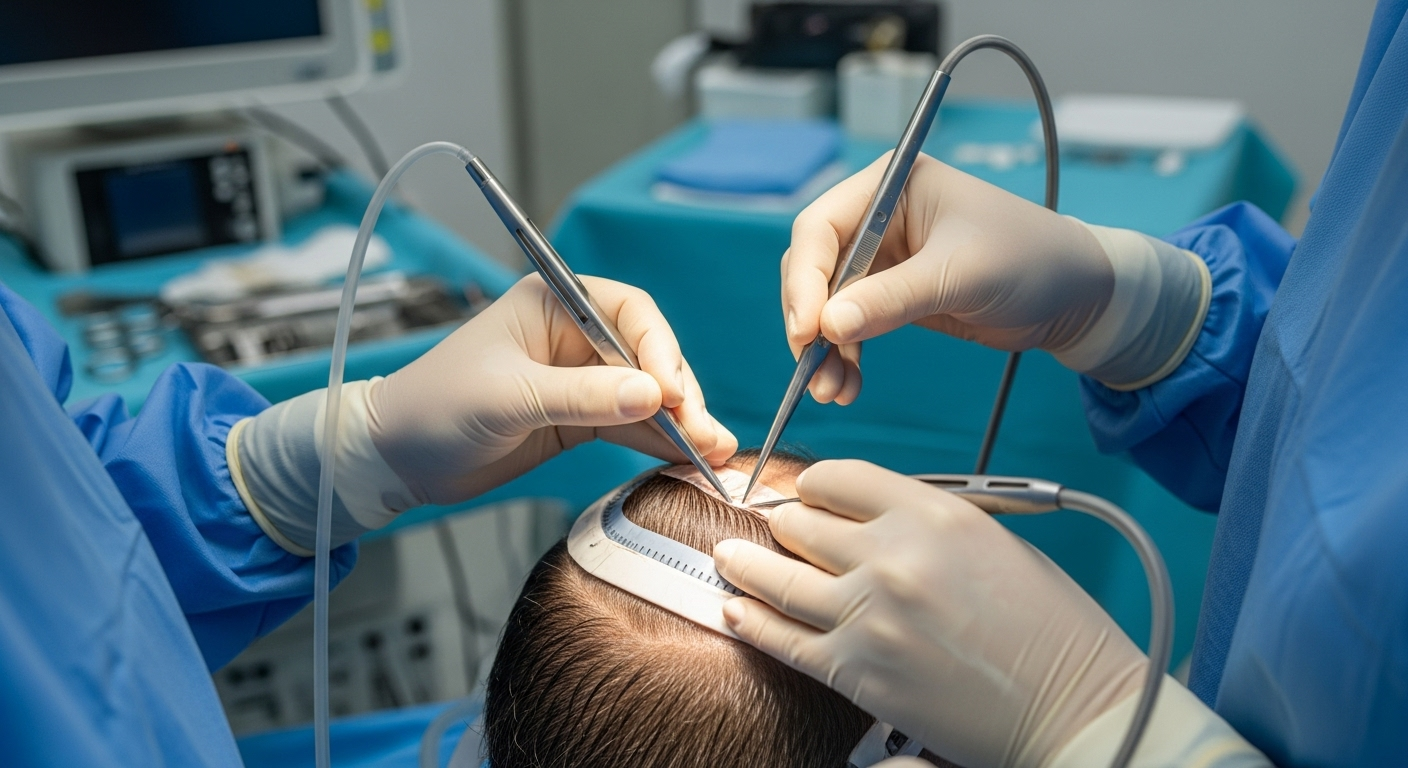Nose Surgery Guide: Comprehensive Rhinoplasty Overview
Rhinoplasty, commonly called nose surgery, can reshape your nose for cosmetic reasons or restore proper breathing. This in-depth guide explains medical indications, what occurs during the operation, recovery stages, how to select a skilled surgeon, and typical costs and insurance issues to help you make informed choices.

Rhinoplasty serves both cosmetic and functional aims, helping patients achieve a more balanced facial appearance while correcting breathing problems. Whether you want to refine the nasal profile or need repair after injury or for airflow issues, understanding the medical indications, the surgery itself, the recovery timeline, how to choose a qualified surgeon, and the likely financial considerations will prepare you to make clear, realistic decisions.
Medical reasons to consider rhinoplasty
While many people associate nose jobs with aesthetics, a significant portion of rhinoplasties address health concerns. Typical medical indications include a deviated septum that blocks nasal airflow, reconstruction after trauma, repair of congenital deformities, and correction of internal or external nasal valve collapse that causes persistent breathing difficulty. Surgeons frequently combine functional repair with cosmetic adjustments so the nose both looks better and performs better, improving quality of life and nasal airflow.
The operation and immediate postoperative care
Rhinoplasty is typically performed under general anesthesia and usually takes about two to three hours, though complex cases can take longer. Surgeons use either an open approach, which includes a small incision across the columella to allow greater visibility, or a closed approach, with incisions hidden inside the nostrils. The procedure may involve reshaping bone, trimming or grafting cartilage, and adjusting soft tissues to meet the surgical plan.
After surgery you will commonly have an external nasal splint for roughly one week to protect the new contours and minimize swelling. Many patients also have internal packing or soft splints for extra support; these are usually removed after a few days. Expect bruising around the eyes and swelling of the nose, with the worst appearance during the first week. Most people can return to non-physical, desk-based work within ten to fourteen days once the splint is removed and bruising is less visible.
Recovery timeline: from early healing to final result
Pain and major discomfort generally subside within a few days to a week, but healing is a months-long process. By three months most patients notice substantial change and a more natural look. However, subtle improvements and the calming of residual swelling can continue for 12 to 15 months, especially in the nasal tip and soft tissues. During this period avoid strenuous exercise, heavy lifting, and any activities that might risk a blow to the nose. Protecting your nose from sun exposure and being patient with gradual refinement will support the best long-term aesthetic and functional outcome.
Choosing the right surgeon
Selecting a surgeon with the right credentials and experience is vital to achieving satisfying results. Look for board-certified plastic surgeons or otolaryngologists with extensive rhinoplasty experience. Evaluate potential surgeons by reviewing before-and-after photo galleries that show consistent, natural outcomes for patients with goals similar to yours. Confirm hospital privileges and board certification to ensure proper training and oversight. Patient testimonials and reviews can provide perspective, and a good surgeon will clearly explain risks, likely outcomes, and set realistic expectations.
A strong surgical candidate will address both cosmetic and functional concerns, discussing breathing issues as part of the preoperative plan. If you are considering revision rhinoplasty, seek a surgeon who specializes in secondary procedures; these operations are more technically demanding and require particular expertise.
Costs and insurance considerations
Rhinoplasty costs vary depending on location, the surgeon’s experience, the complexity of the operation, and whether the procedure is cosmetic or medically necessary. Cosmetic rhinoplasty is usually an out-of-pocket expense. If the surgery corrects a documented functional problem, such as a septal deviation, insurance may cover part or all of the cost when medical necessity is established.
| Provider Type | Average Cost Range | Insurance Coverage |
|---|---|---|
| Cosmetic Rhinoplasty | $5,000 - $15,000 | Typically Not Covered |
| Medical Rhinoplasty | $3,000 - $20,000 | May Be Covered |
| Revision Rhinoplasty | $7,500 - $25,000 | Varies by Case |
Prices, rates, or cost estimates mentioned in this article are based on the latest available information but may change over time. Independent research is advised before making financial decisions.
Long-term expectations and follow-up
Most patients are satisfied with noticeable changes within several months, while the final appearance evolves slowly over a year or more. Following postoperative instructions is crucial: sleep with your head elevated, avoid contact sports and risky activities, be cautious about wearing glasses that rest on the nasal bridge unless cleared by your surgeon, and attend scheduled follow-up appointments. If concerns remain after the healing period, surgeons can discuss revision options, though timing and careful evaluation are essential before pursuing secondary surgery.
This article is for informational purposes only and should not be considered medical advice. Please consult a qualified healthcare professional for personalized guidance and treatment.






